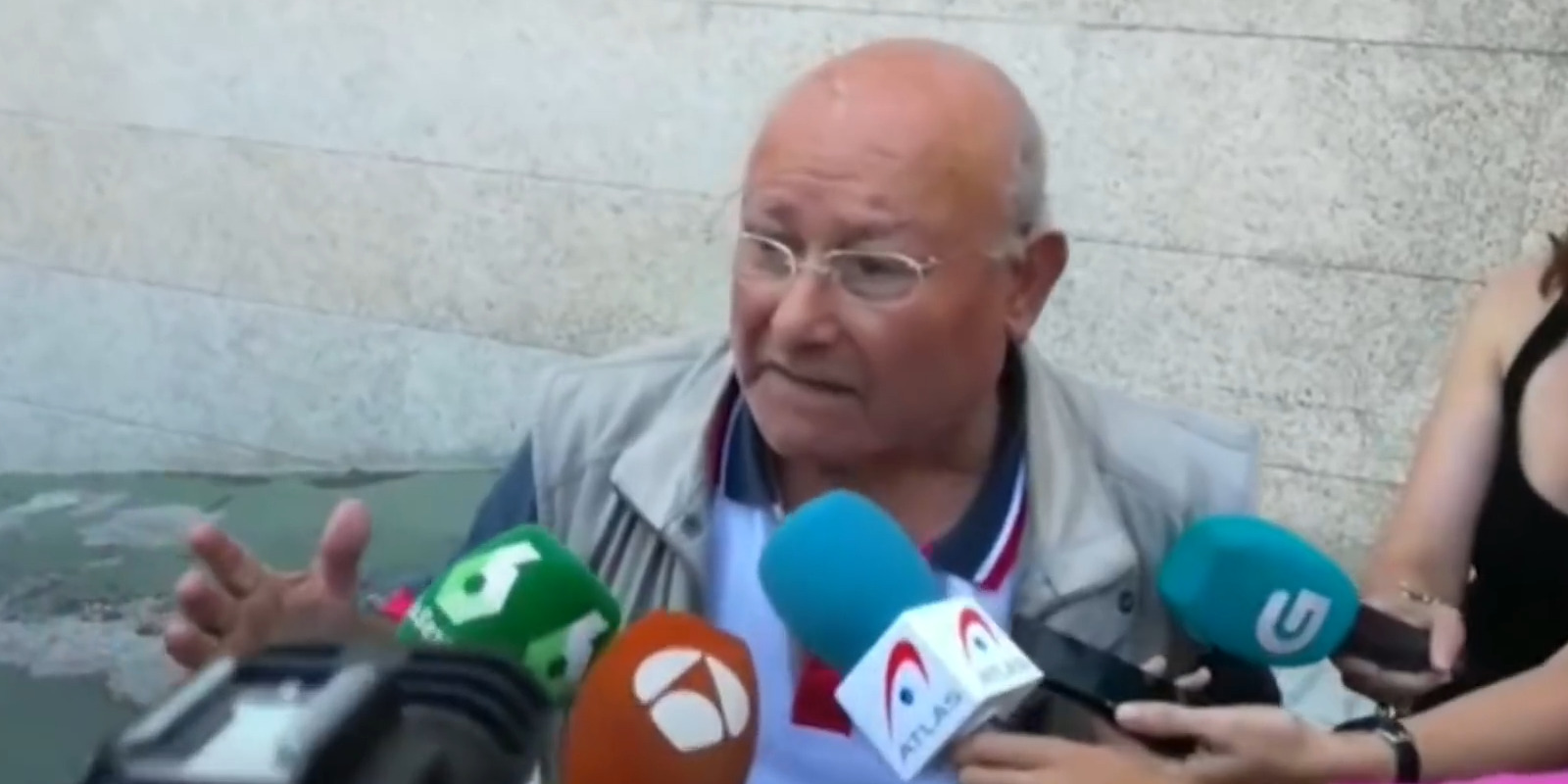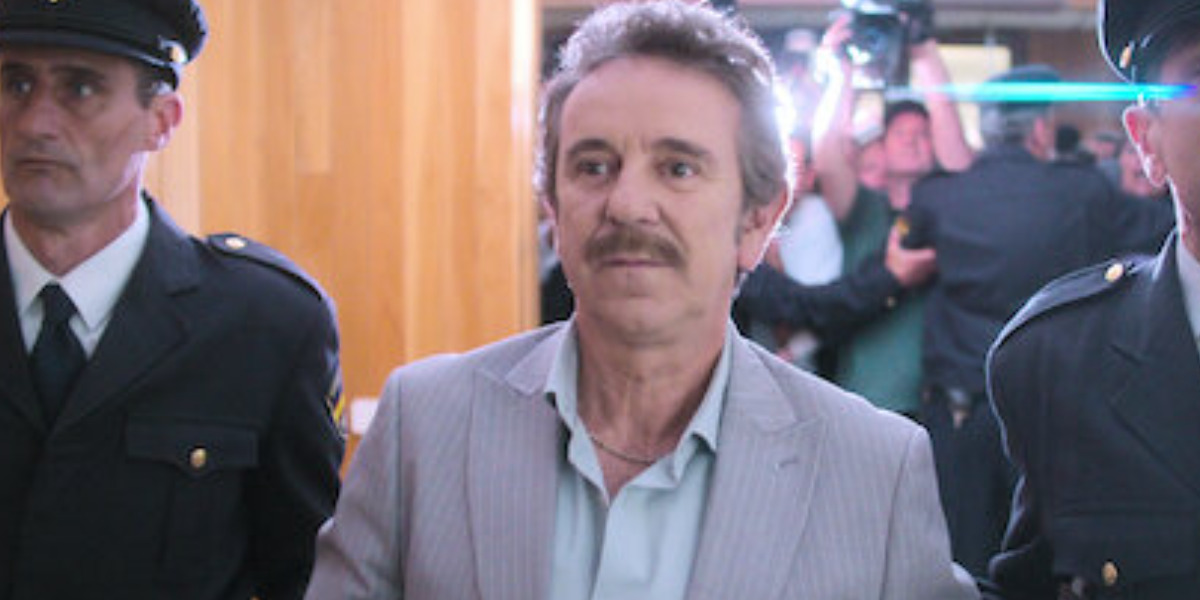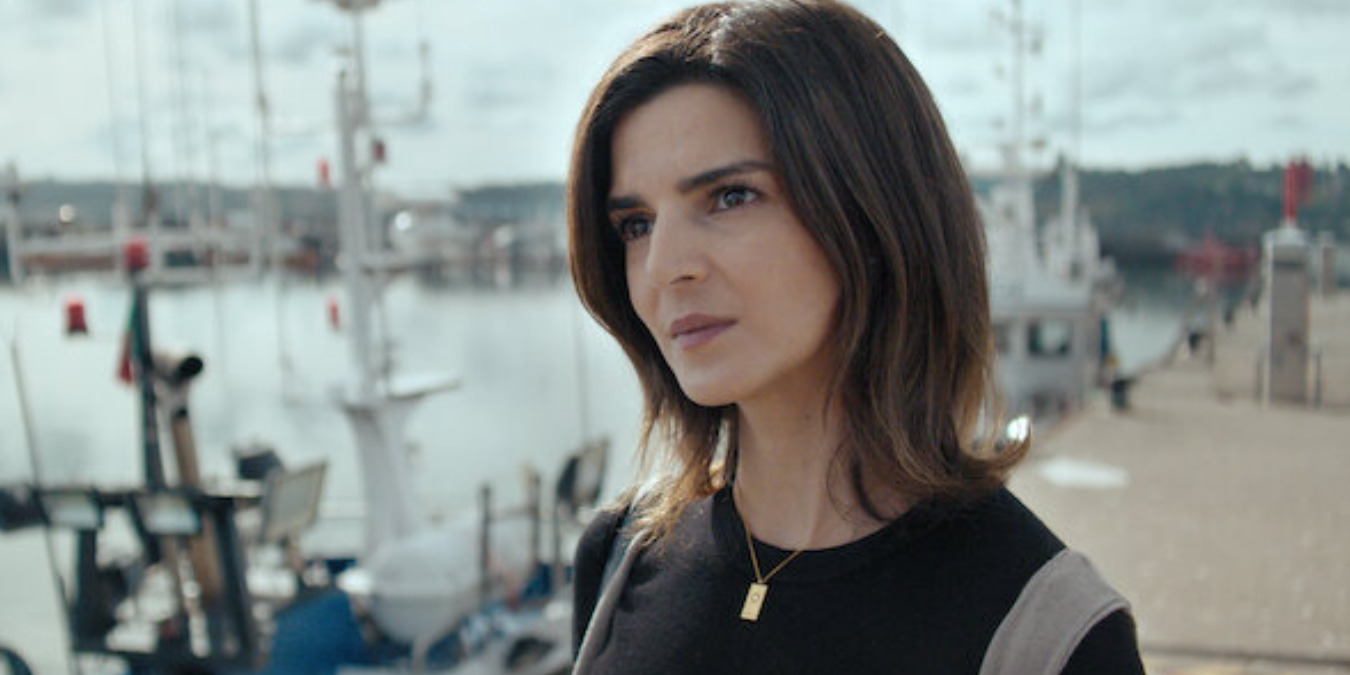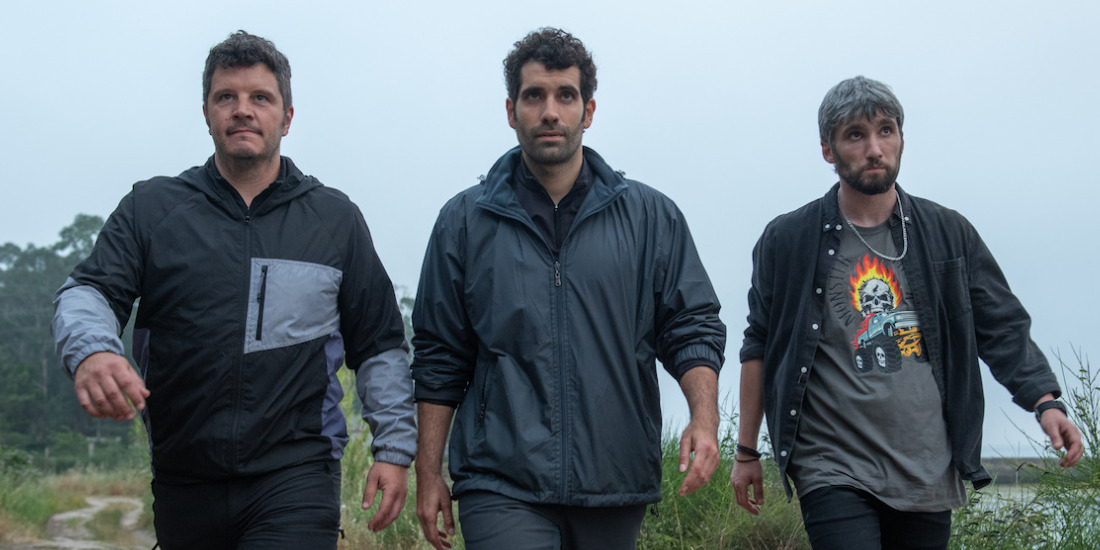Netflix’s Spanish show, ‘Gangs of Galicia’ presents a criminal story revolving around a notorious crime family within the eponymous region’s Cambados town. After the protagonist, Ana Gonzalez Soriano learns about her father’s past involvement with the Padin drug trafficking family, she realizes the latter may hold connections to the former’s death. As a result, the lawyer leaves her life in Madrid and travels to Cambados to infiltrate the Padin crime family and exact her revenge on their patriarch, Jose.
However, as the man remains imprisoned for his past crimes, Ana finds her paths crossing with his son, Daniel, who is easily intrigued by the woman. It follows Ana’s revenge plot, delving into the Padin cartel’s past history with her father, Jose Silva. Consequently, the narrative oscillates between the central mounting romance and its surrounding world of criminality. Naturally, the story ends up delving into Spain’s drug trafficking crimes in a way that invites speculation about its connection to reality.
Gangs of Galicia: The Real-Life Inspiration Behind the Padin Drug Cartel
‘Gangs of Galicia,’ also known as ‘Clanes’ in the original Spanish, retains partial roots in reality as it equips Spain’s real-life history with drug trafficking as its primary source of inspiration. Although the show fictionalizes a majority of its narrative, it holds an underlying basis in the events that took place in Spain during the 1990s. At the time, the Spanish authorities had launched a widespread investigation, Operación Nécora, to arrest drug traffickers in Galicia. Consequently, Manuel Charlín Gama, a kingpin drug lord from Galicia— well-known across all of Europe— remained a crucial fixture on the cops’ radar.

Charlín ran a lucrative drug ring in Galicia during the 80s and the 90s with a clan mostly made up of close family members, including his wife and kids, in authoritative positions. Thus, the clan came to be known as “Los Charlines” as they engaged in tobacco, hashish, and cocaine smuggling. According to reports, the family worked with Moroccan and Colombian contacts to smuggle hashish and cocaine, respectively, into Spain using speedboats. Although Operación Nécora managed to arrest the drug lord in 1990, the same year as the investigation’s inception— Charlín left prison by 1994 following an acquittal.
The same year, Manuel Baúlo, a trusted member of Charlín’s gang involved with overseeing smuggling transportation, ended up snitching on the cartel. Shortly after, he was murdered by Colombian hitmen. Still, his testimony got the Charlines’ patriarch arrested and behind bars by 1995. Despite never being convicted for involvement in Baúlo’s murder, a general belief persists that Charlín was behind the former’s death.

While Charlín and his gang’s stories of criminality hold many different facets, before and after the incident with Baúlo, these particular events seem to be the core inspiration behind ‘Gangs of Galicia’s’ narrative. In the show, the central point of conflict emerges when Ana realizes that her father used to be involved with the Padin cartel and fled Cambados after condemning Jose Padin to imprisonment. Therefore, once the man dies via mysterious assassination, Ana traces the killing back to the Padins and vows to bring the crime family down.
Ana’s character and narrative remain entirely fictitious since Baúlo’s immediate death after his testimony left no scope for vengeful heirs. Nevertheless, the storyline revolving around Ana’s father, Jose Silva, and Jose Padin sports an undeniable similarity to Charlín and Baúlo’s real-life history. Therefore, it remains evident that the show mines inspiration from reality in the construction of its central plotline while fictionalizing the various storylines that unfold around it. Ultimately, the show’s connection to Charlín strengthens its ties to reality.
Blending Fictional Storylines with Realistic Inspirations
Due to the show’s connection to the real-life events between Manuel Charlín Gama and Manuel Baúlo, its criminal storyline becomes ripe with realistic inspiration. However, the central storyline of Ana’s vengeful venture, which results in a whirlwind romance, remains confined to fictionalization. The show’s depiction of drug trafficking within Galician and the authorities’ subsequent crackdown upon it originates from the aspiration for an authentic portrayal of Spain’s criminal underworld.

In order to do so, screenwriter Jorge Guerricaechevarría drew significant inspiration from Galicia’s real history with drug trafficking. For the same, the show sustains its parallels to Los Charlines and Operación Nécora. Furthermore, he also took into consideration the other aspects of the criminal world. For instance, the creative team behind the show consulted real-life lawyers who have/have had experiences with crime families or drug lords. The same helped to paint Ana’s narrative in a realistic light. Likewise, it also aided actress Clara Lago in embodying the character with authenticity.
Therefore, real-life references certainly shaped the show in valuable ways. Yet, another instrumental aspect of the show’s authenticity stems from its depiction of interpersonal relationships between characters. Most of these storylines, including Ana and Daniel’s romance, the Silva family’s tragic abandonment, and the Padin crime family’s inner dynamics, don’t hold direct connections to reality. Thus, the show remains a composite of real-life criminal inspirations and fictional dramatization.
Read More: Gangs of Galicia: All Filming Locations Where the Netflix Show Was Shot


You must be logged in to post a comment.